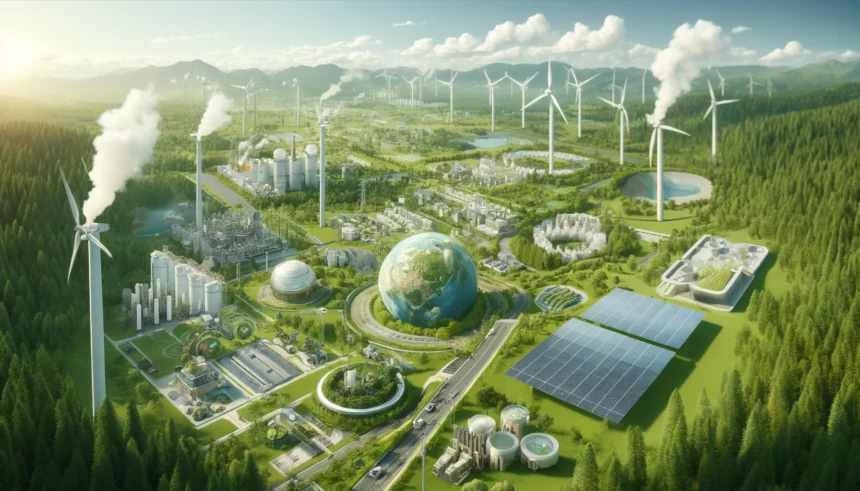Understanding Net Zero
Net zero means balancing the greenhouse gases (GHGs) we emit with those we remove from the atmosphere. It’s not just a buzzword; it’s a crucial goal for any company aiming for sustainability. When we talk about net zero, we’re looking at making sure our emissions (from things like energy production, transportation, and industry) are matched by the amount we remove through natural or technological means.
Achieving net zero involves:
- Quantifying Emissions: Measuring all GHG emissions from direct sources (like factories) and indirect sources (like purchased electricity).
- Identifying Removals: Accounting for GHG removal methods such as carbon capture and storage, and natural processes like forest growth.
- Calculating the Balance: Subtracting total emissions from total removals to see if we’re in the positive (bad) or negative (good) balance.
Why Net Zero Matters
Ignoring the push for net zero can have serious consequences for companies. These include:
- Regulatory and Compliance Risks: Failing to meet emerging regulations can lead to fines and legal issues.
- Brand Reputation: Consumers and investors are increasingly valuing sustainability, and companies lagging behind may suffer reputational damage.
- Financial Risks: Investors are wary of companies that don’t address climate risks, which can lead to higher capital costs or divestment.
Companies need a clear net zero strategy to attract sustainability-linked financing like green bonds and favorable loans. So, it’s not just an ethical choice but a smart business move.
The Role of Climate Technology
Climate technology is essential in the journey towards net zero. Let’s dive into five key types of climate technology that can help:
1. Renewable Energy Technology
- What it is: Transitioning from fossil fuels to renewable sources like solar, wind, hydro, and geothermal power.
- Why it’s important: These sources produce minimal to no GHG emissions, reducing the carbon footprint significantly.
- Benefits: Sustainable, abundant, and provide a long-term solution for powering our communities without harming the planet.
2. Energy Efficient Technology
- What it is: Using technology that consumes less energy for the same or better performance, like LED lighting and high-efficiency HVAC systems.
- Why it’s important: Reduces energy demand, which often relies on fossil fuels, thus lowering emissions.
- Benefits: Significant reduction in energy use and emissions, cutting costs and promoting sustainability.
3. Smart Grid Technology
- What it is: Enhancing the electrical grid with digital communication, sensors, and automation for better efficiency and reliability.
- Why it’s important: Enables real-time monitoring and management, integrates renewable energy sources, and reduces strain on the grid.
- Benefits: More resilient, sustainable, and cleaner energy systems.
4. Carbon Capture, Utilization, and Storage (CCUS)
- What it is: Capturing CO2 emissions from industrial processes and power generation, then utilizing or storing it.
- Why it’s important: Reduces emissions from hard-to-decarbonize industries.
- Benefits: Helps maintain industrial operations while significantly cutting emissions.
5. Circular Economy Technology
- What it is: Designing products and systems to minimize waste and extend lifecycles, like advanced recycling and biodegradable materials.
- Why it’s important: Reduces the demand for new materials and turns waste into valuable resources.
- Benefits: Cuts down the overall carbon footprint and promotes sustainability.
Conclusion
Net zero isn’t just a goal; it’s a necessity for today’s companies. Climate technology offers the tools we need to achieve it. By embracing these innovations, we can transform our energy systems, industries, and communities, leading to a sustainable and resilient future.
For companies navigating the complexities of sustainability initiatives, our team of legal professionals specializing in technology law can provide the guidance needed. We’re here to help you leverage climate technology to meet your net zero goals, ensuring compliance and enhancing your competitive edge. Let’s work together to create a sustainable future for your organization.
















